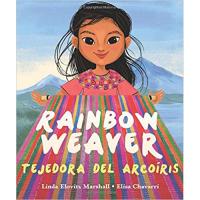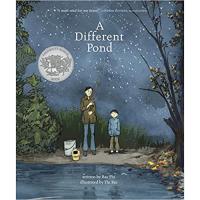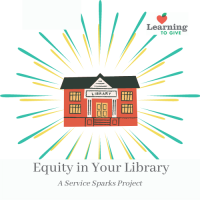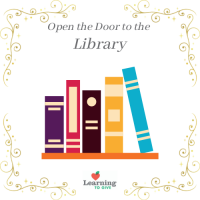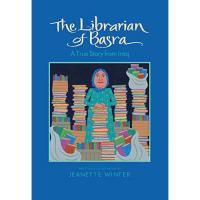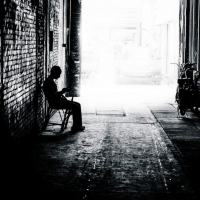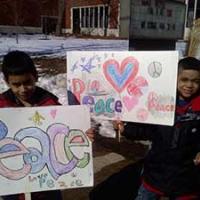Looking around the room, we may see many skin colors and tones. These differences occur all over the world. In this lesson we use the terminology of race and ethnicity and look at data to identify the makeup of our community or state. Young people may take action to promote representation of the groups that are under-represented in the community.
- Read more about Race and Ethnicity
- Log in or register to post comments
